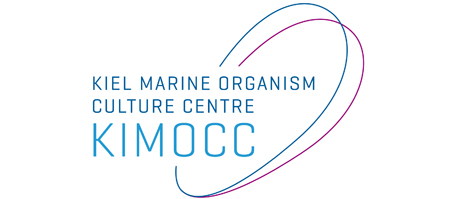In a special cultivation system, which has extensively been tested at DTU Aqua in Copenhagen by Dr. Cornelia Jaspers, we successfully culture the invasive comb jelly Mnemiopsis leidyi throughout several generations …
In a special cultivation system, which has extensively been tested at DTU Aqua in Copenhagen by Dr. Cornelia Jaspers, we successfully culture the invasive comb jelly Mnemiopsis leidyi throughout several generations.
The water quality is of fundamental importance for this species to assure daily reproduction. Our cultivation system involves a special filtering unit to work with sterile filtered North Sea water and includes a special light table to better visualize and monitor the animals.
For the M. leidyi culture we maintain ca. 1,000L of Acartia tonsa copepod cultures. Our M. leidyi cultures deliver to 5 sub-projects within the Future Ocean Excellence Cluster.
Collaboration: PI: Prof. Dr. Ruth Schmitz-Streit (CAU), Co-PI: Prof. Dr. Thorsten Reusch (GEOMAR),
Contributors: Dr. Cornelia Jaspers, Dr. Jamileh Javidpour, Claas Hiebenthal (GEOMAR).
Cluster Projects related to the cultivation of M. leidyi by KIMOCC:
- Microbiota changes of the invasive comb jelly Mnemiopsis leidyi in native and invaded habitats. PI: Prof. Schmitz-Streit, Dr. N. Weiland-Krämer (CAU)
- Ecology and evolution of a notorious invader: Is invasion success influenced by rapid adaptation to global change? PI: Dr. C. Jaspers (GEOMAR)
- Biodiversity changes: Causes, consequences and management implications (BIO-C3). PI: Prof. T. Reusch; Contributors, Dr. HH Hinrichsen, Dr. C. Jaspers (GEOMAR)
- Regeneration potential of M. leidyi larvae in relation to temperature and food environment. MSc Project K. Bading, Supervision: Dr. J. Javidpour & Dr. C. Jaspers (GEOMAR)
- Growth and reproduction of ctenophore larvae. MSc Project S. Kaehlert, Supervision: Dr. J. Javidpour & Dr. C. Jaspers (GEOMAR)






